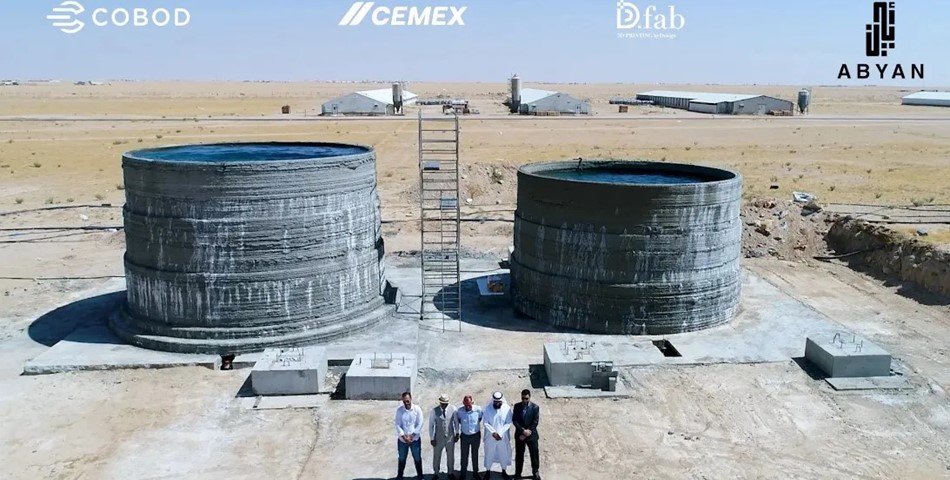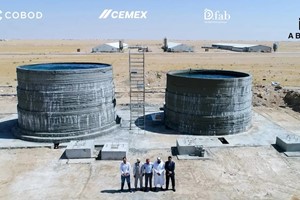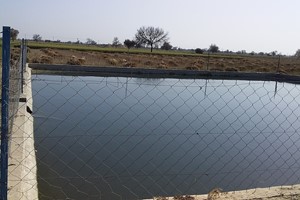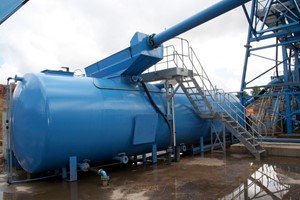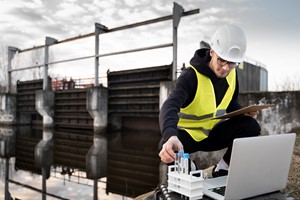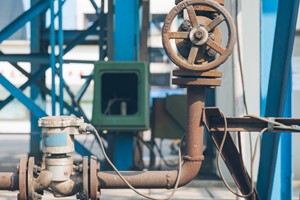A landmark achievement in water storage infrastructure has been reached with the construction of pioneering 3D-printed water tanks by Abyan, a leading construction company, for Kuwait United Poultry Company. These cutting-edge tanks, hailed as a "world's first," stand tall at 4.5 meters in height and 7 meters in diameter, promising innovative solutions for water storage needs.
Employing state-of-the-art technology, the tanks were swiftly erected using real C40/50 concrete, mixed on-site through the revolutionary D.fab solution, all within an impressive timeframe of just 5 days. Notably, these tanks were crafted using solely macro fibers for reinforcement, completely bypassing the need for traditional reinforcement meshes, which is a rarity in water storage construction.
One of the standout features of 3D construction printing is its flexibility in adapting wall thickness to meet specific structural requirements. Unlike conventional formwork methods, which demand uniform thickness throughout, 3D printing allows engineers to customize thickness based on stress distribution. Recognizing the varying pressures exerted on different parts of the tank, thicker walls were strategically allocated to the bottom sections, where gravity and water pressure are most pronounced. In contrast, thinner walls sufficed for the upper regions. This innovative approach not only optimizes material usage but also enhances the economic viability and environmental sustainability of water storage projects.
Illustrating this engineering ingenuity, the Kuwait tank boasted a nuanced wall thickness profile: 40cm at the base, 30cm in the middle, and 20cm at the top. This strategic design resulted in a remarkable 25% reduction in concrete and reinforcement usage compared to conventional uniform thickness construction methods.
Dr. Ahmad Al-Nassem, CEO and co-founder of Abyan, expressed profound enthusiasm for this groundbreaking design approach. "When our calculations indicated that a concrete mix containing 0.95% macro fibers could obviate the need for traditional reinforcement, we were eager to validate this concept through a tangible project," Dr. Al-Nassem emphasized.
The successful completion of these 3D-printed water tanks not only signifies a significant leap forward in water storage technology but also underscores the potential of innovative methodologies to address evolving infrastructure needs. With its promise of efficiency and sustainability, 3D construction printing holds immense promise for revolutionizing water storage solutions globally.




